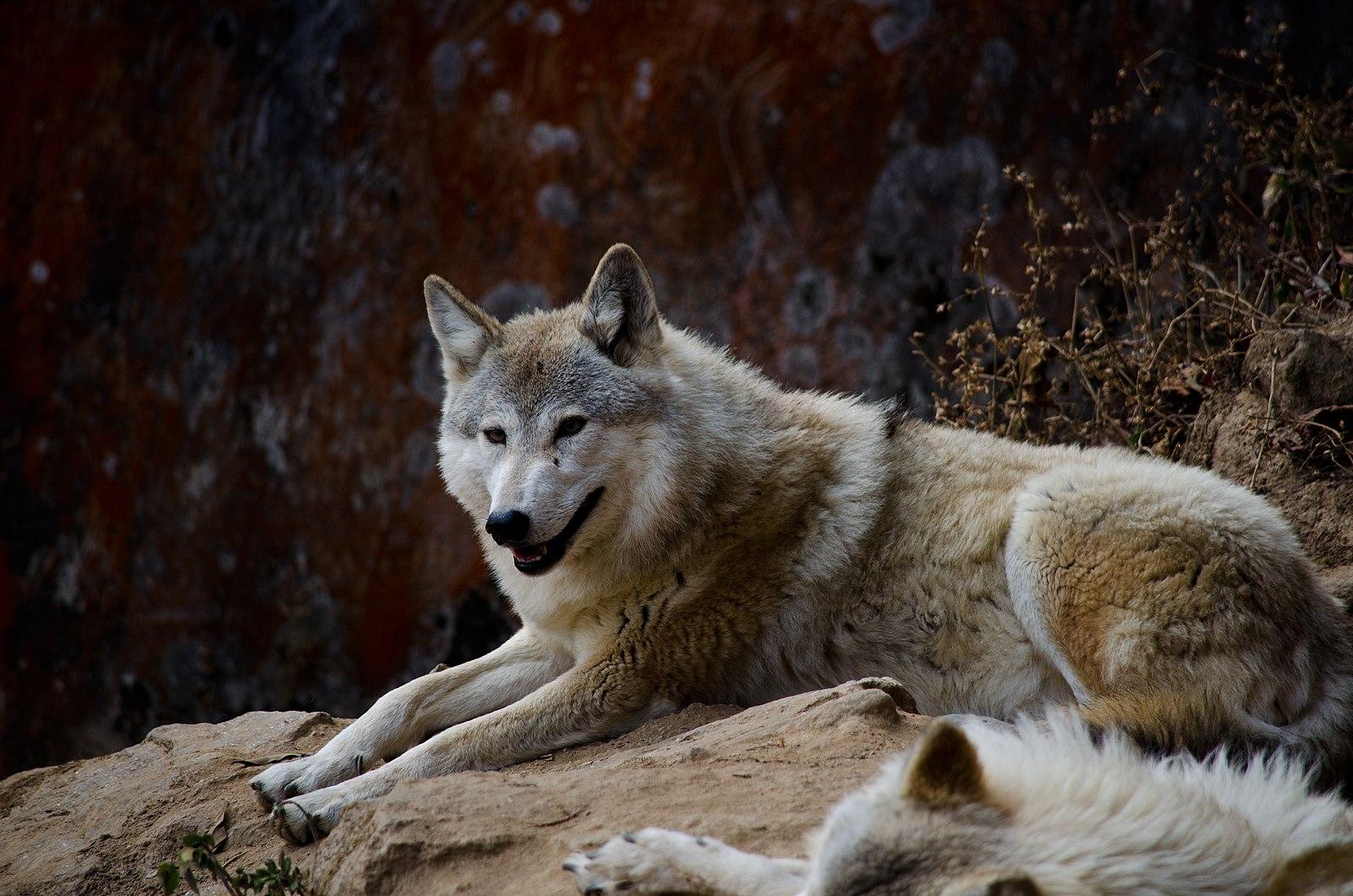Global Species Action Plan (GSAP) SKILLS Platform

- 24 May 2024
Why is it in the News?
In response to the escalating biodiversity crisis, the Global Species Action Plan (GSAP) is designed to support the implementation of the Kunming-Montreal Global Biodiversity Framework (GBF).
About GSAP SKILLS Platform:
- The Global Species Action Plan (GSAP) SKILLS platform, standing for (Species Conservation Knowledge, Information, Learning, Leverage, and Sharing), brings the GSAP’s content online and enables real-time updates of technical tools and resources.
- This platform aims to facilitate global collaboration and partnership by connecting decision-makers, species conservation practitioners, and experts at all levels.
- It ensures accessibility and relevance by providing real-time updates on technical tools and resources.
- Each target within the Global Biodiversity Framework is accompanied by a summary and rationale for species conservation interventions, actions, and sub-actions, along with the actors involved and the technical tools and resources required, facilitating the scaling-up of implementation efforts.
- Managed proactively by the International Union for Conservation of Nature (IUCN), the platform meets the needs of governments and stakeholders to take decisive action for species conservation.
- The development of the GSAP SKILLS platform has been principally supported by the Ministry of Environment, Republic of Korea, with additional resources from the Tech4Nature Initiative, launched by IUCN and Huawei in 2020.
What is the Global Species Action Plan?
- It has been developed to support the implementation of the Kunming-Montreal Global Biodiversity Framework (GBF) and to address the increasing biodiversity loss worldwide.
- It outlines strategic interventions and actions to conserve and sustainably manage species while ensuring equitable benefits.
About Kunming-Montreal Global Biodiversity Framework:
- The Kunming-Montreal Global Biodiversity Framework (GBF) is an outcome of the 2022 United Nations Biodiversity Conference.
- Its tentative title had been the "Post-2020 Global Biodiversity Framework".
- The GBF was adopted by the 15th Conference of Parties (COP15) to the Convention on Biological Diversity (CBD) on 19 December 2022.
- It has been promoted as a "Paris Agreement for Nature".
- It is one of a handful of agreements under the auspices of the CBD, and it is the most significant to date.
- It has been hailed as a "huge, historic moment" and a "major win for our planet and for all of humanity."
- UN Secretary-General António Guterres speaking at the 2022 biodiversity conference in Montreal which led to this treaty
- The Framework is named after two cities, Kunming, which was scheduled to be the host city for COP15 in October 2020 but postponed and subsequently relinquished the hosting duties due to China's COVID policy, and Montreal, which is the seat of the Convention on Biological Diversity Secretariat and stepped in to host COP15 after Kunming's cancellation.
The first-ever IUCN assessment of the Himalayan Wolf is out. And it is grim (DownToEarth)

- 13 Jan 2024
Why is it in the News?
The Himalayan Wolf is a prominent lupine predator found across the Himalayas the taxonomic status which was a puzzle till late, has been assessed for the first time in the International Union for Conservation of Nature (IUCN)’s Red List.
Key Findings:
- Population Decline: The IUCN assessment highlights a persistent reduction in the habitat area, extent, and quality of Himalayan wolves.
- The estimated total population ranges from 2,275 to 3,792 mature individuals, with 227 to 378 in India.
Primary Threats:
- Depredation Conflict: Arising from habitat modification, encroachment, and depletion of wild prey populations.
- Hybridization with Dogs: Particularly in Ladakh and Spiti, where feral dog populations are on the rise.
- Illegal Hunting: Driven by trade in fur and body parts, including paws, tongues, and heads.
About the Himalayan Wolf (Canis lupus chanco):
- It is also called Tibetan wolves, which live at more than 4,000 metres altitudes.
- Habitat: It is found in the Himalayas (Nepal and India) and the Tibetan Plateau.
- Exhibits genetic adaptations to cope with hypoxic conditions.
- Characteristics: Adorned with thick fur, displaying brown colouration on the back and tail, complemented by paler yellows on the face, limbs, and underside.
- Larger than Indian and European wolves.
- Shows a preference for wild prey over domestic options.
- Conservation Status:
- IUCN’s Red List: Categorized as Vulnerable.
- Wildlife Protection Act, 1972: Listed under Schedule I.
- CITES: Included in Appendix I.
Recommended Actions for the Conservation of Himalayan Wolves:
- Ensure the preservation and restoration of robust wild prey populations and their natural habitats.
- Foster collaborative transboundary initiatives to safeguard and conserve the species across its range of countries.
- Integrate the Himalayan Wolf into comprehensive conservation programs for enhanced protection and sustainable management.
